
Бесплатный фрагмент - Catalog of the Heritage Moment 2024 photo exhibition
Introduction
ABOUT THE AUTHOR
Sergey Shchekotov-Alexandrov is an independent documentary photographer. He lives and works in Saint Petersburg. He specializes in shooting intangible and tangible culture, nature and everyday life, landscapes of the urban environment, museum institutions. Sergey is the author and curator of numerous mobile photo exhibitions in Russian regions. He runs the author’s channel on Zen “Kilometers of photographic roads”. Shchekotov-Alexandrov, a member of the Royal Photographic Society of Great Britain, publishes his own E-books, where he includes his photographs. The books are published in Russian and English.
ABOUT THE PROJECT
The Heritage Moment photo collection is a program of the S. I. Shchekotov – Alexandrov photography studio for photographing and popularizing outstanding cultural heritage and UNESCO sites in Russia and other countries by means of photographic creativity.
The program takes place in the following areas:
— publication of the books of the Heritage Moment cycle;
— publication of the books of the Photographing Cultural Heritage cycle;
— holding mobile photo exhibitions and photo conversaziones.
This photo book is the fourth in the Heritage Moment cycle.
It consists of three sections:
— Russian Historical and Cultural Heritage Monuments (two photo stories);
— Foreign Historical and Cultural Heritage Monuments (two photo stories);
— From the Photographer’s Archive (single photographs about cultural heritage based on materials from past photo exhibitions, published photo books and some new photographs).
This book includes the following information: conclusion, captions-comments to subsections, captions to individual photos, “From the history of the Heritage Moment photo project”.
THE FIRST SECTION
Russian Historical and Cultural Heritage Monuments photo stories
PHOTO STORY Old Demidovsky Plant Eco-Industrial Technopark, 2022
I had been planning a visit to this factory museum in Nizhny Tagil for a long time. So, during my last trip to the Sverdlovsk region in August 2022, I realized this desire.
I visited the places where I was born and grew up in the Sverdlovsk region. One of the places where I wanted to go is the former Demidovsky Metallurgical Plant. Today it is a factory museum of the history of mining machinery. It is known that Demidov manufacturers had more than 30 metallurgical plants in the Urals.
When I was working as a photojournalist for a regional youth newspaper, I happened to take pictures at one of the operating metallurgical plants in Nizhny Salda. Before the revolution, this plant was owned by the Demidovs. I also visited the Demidovs’ former “office” in Nevyansk, where I saw the famous Nevyanskaya Tower.
It is known that 40 percent of all Russian cast iron was then smelted at Demidov private factories. There is an “old sable”, famous brand of Demidovsky cast iron. This labeled cast iron sold very well in developed European countries. It was readily bought by the owners of large European factories and plants for the needs of their industries. One can imagine with what difficulty such cast iron travelled on trading barges to Great Britain, for example, or to Germany along the rivers Chusovaya, Kama, Volga, Volkhov, Neva and through the Gulf of Finland, through Saint Petersburg, continued to travel in the Baltic Sea to the destination country.
What does Wikipedia say about this industrial heritage site?
The Nizhny Tagil Ironworks, which is in my pictures, was founded in 1725 by the Demidov dynasty. The plant included a full technological cycle of metal smelting — preparation of iron ore, charcoal, smelting of cast iron, iron and copper. The maintenance and repair services, brickworks and sawmills that serviced the plant also worked here. The plant was one of the largest in Europe and operated until October 1987, when it was solemnly shut down. The symbolic keys to the old plant were handed over to the Nizhny Tagil Museum-Preserve of the Mining Industry of the Middle Urals.
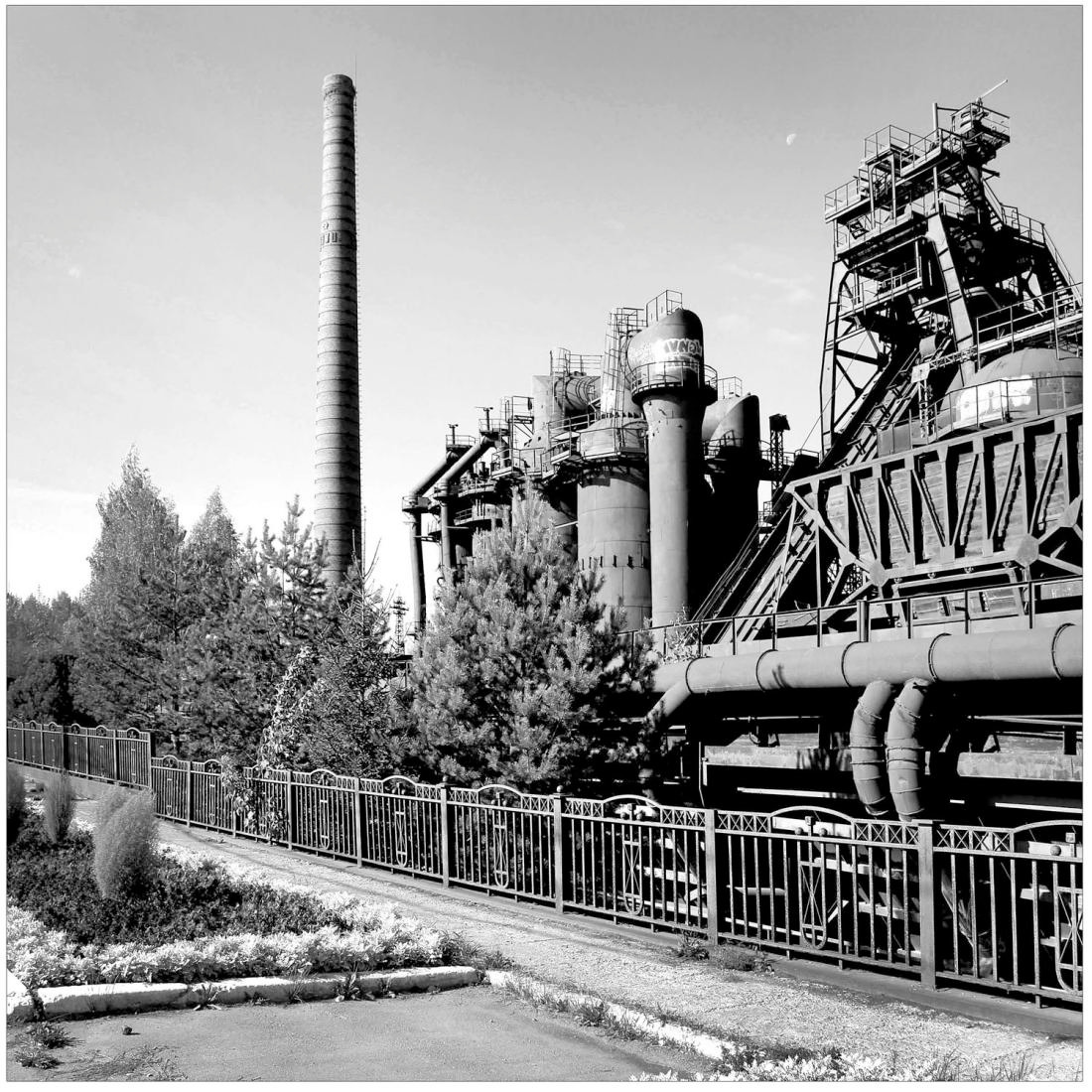
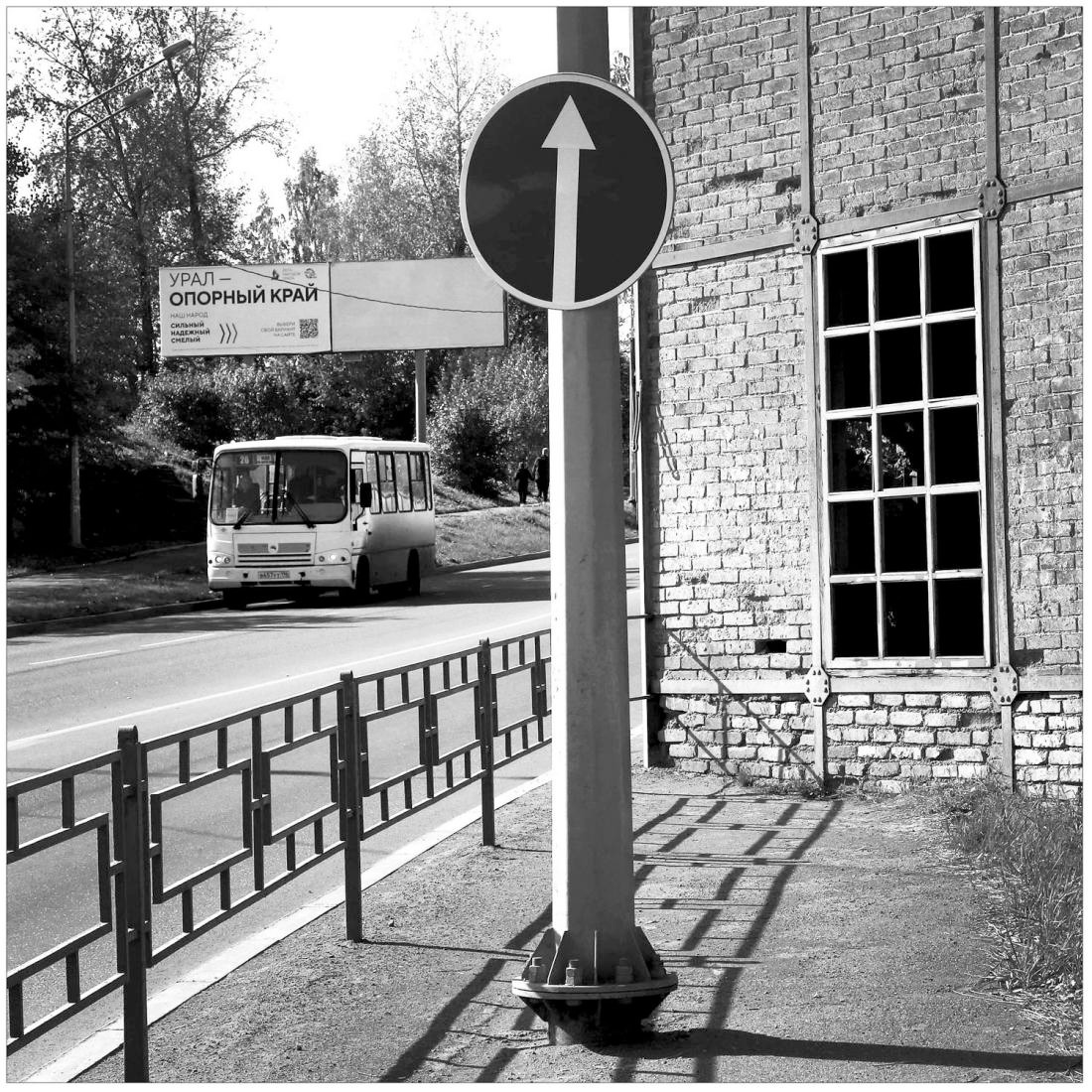
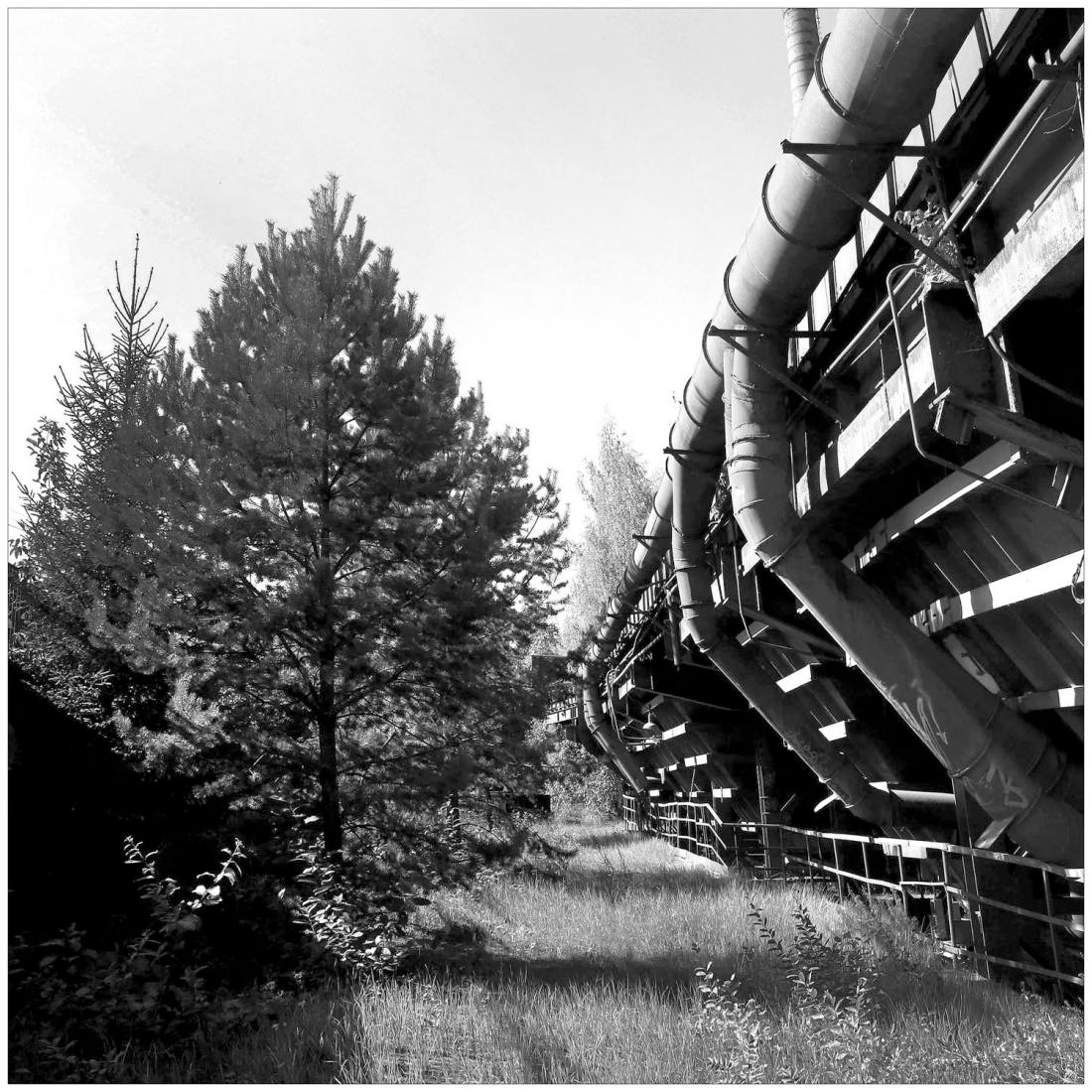
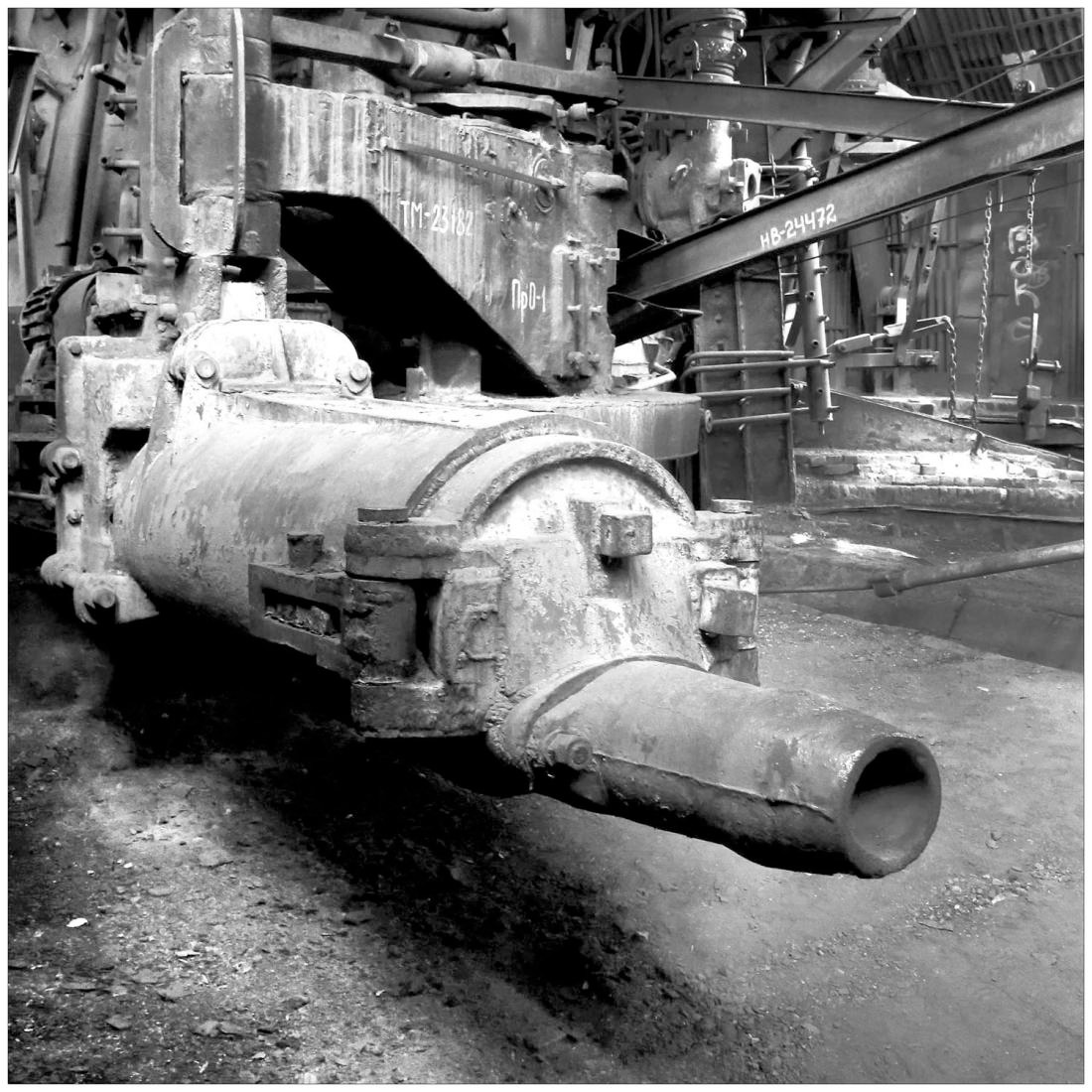
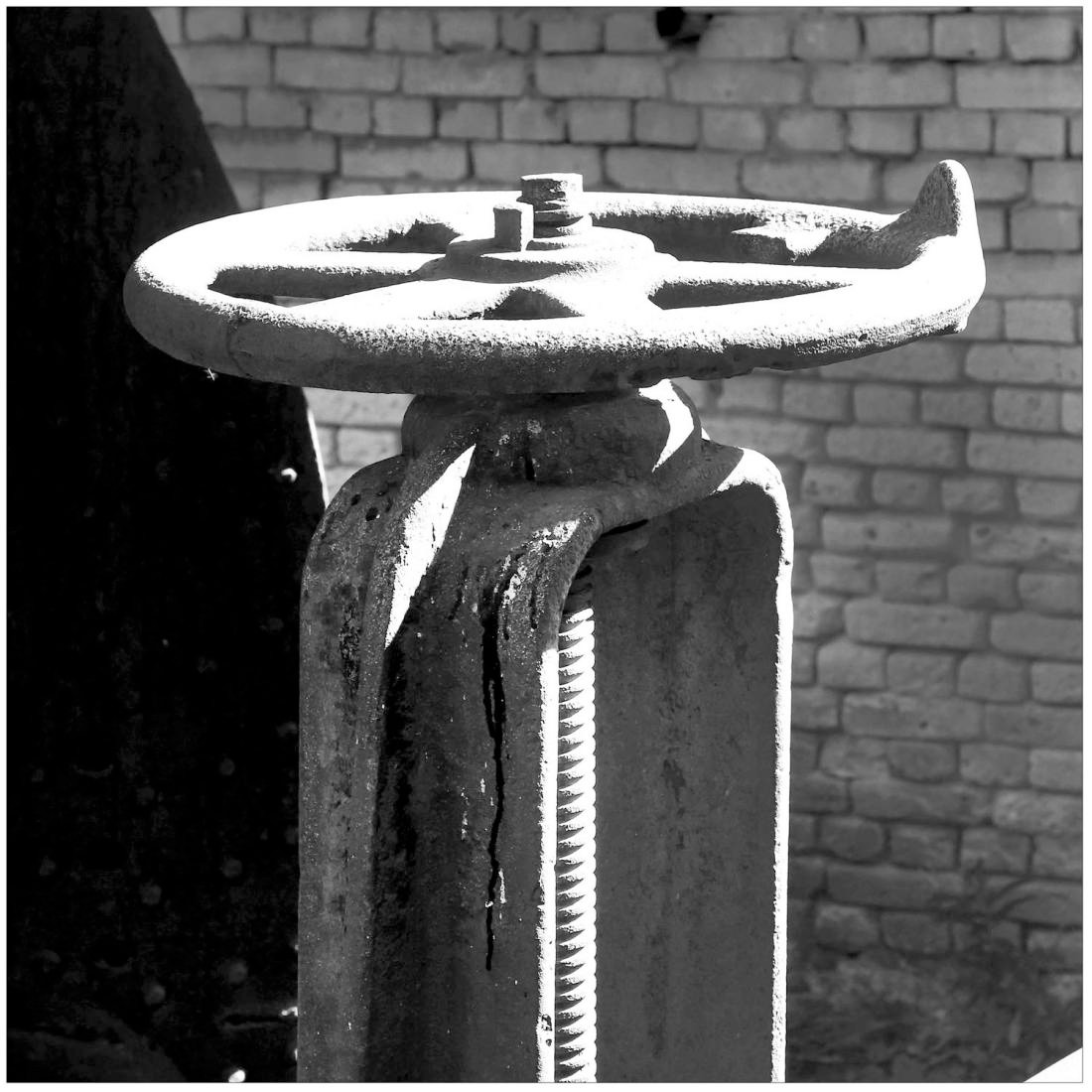
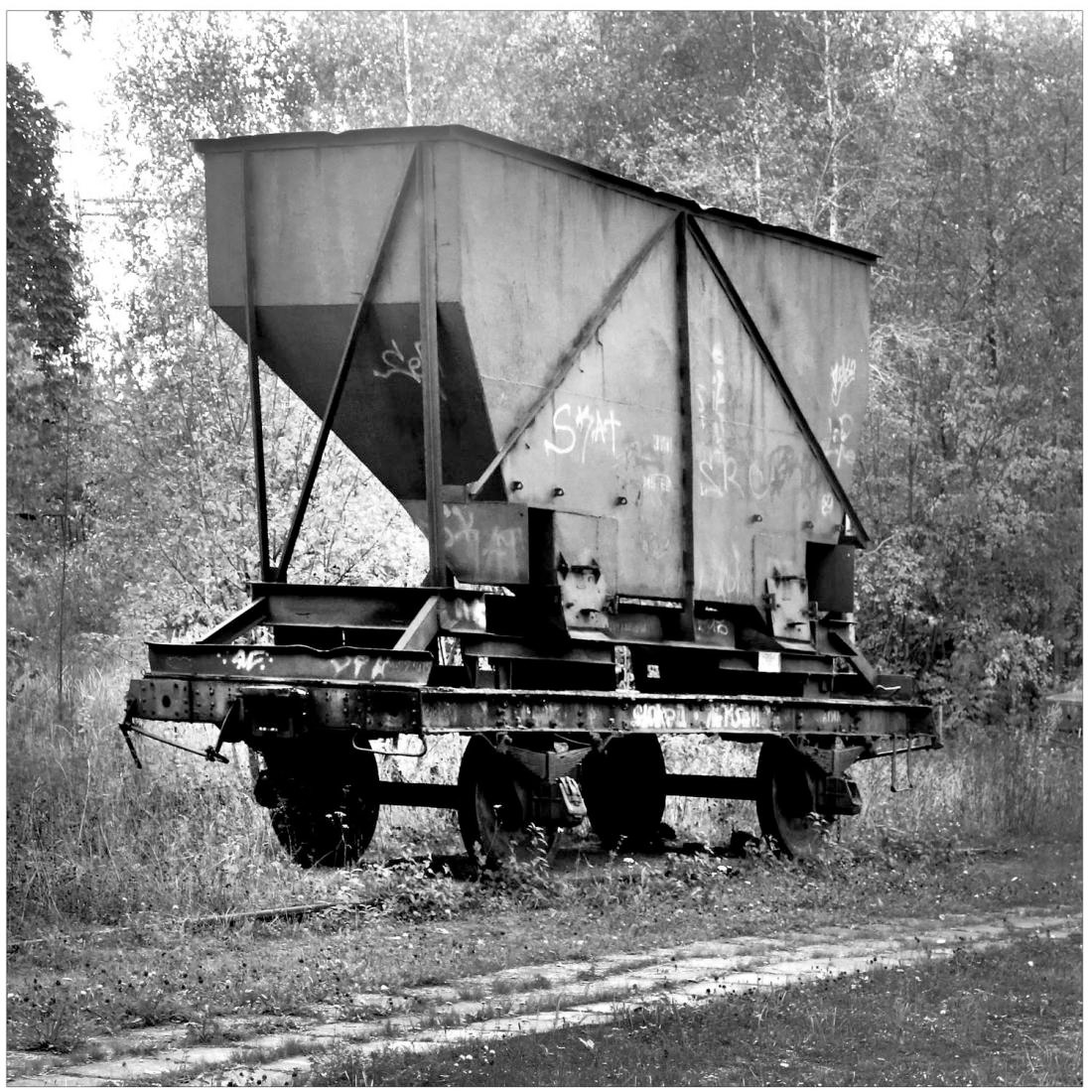
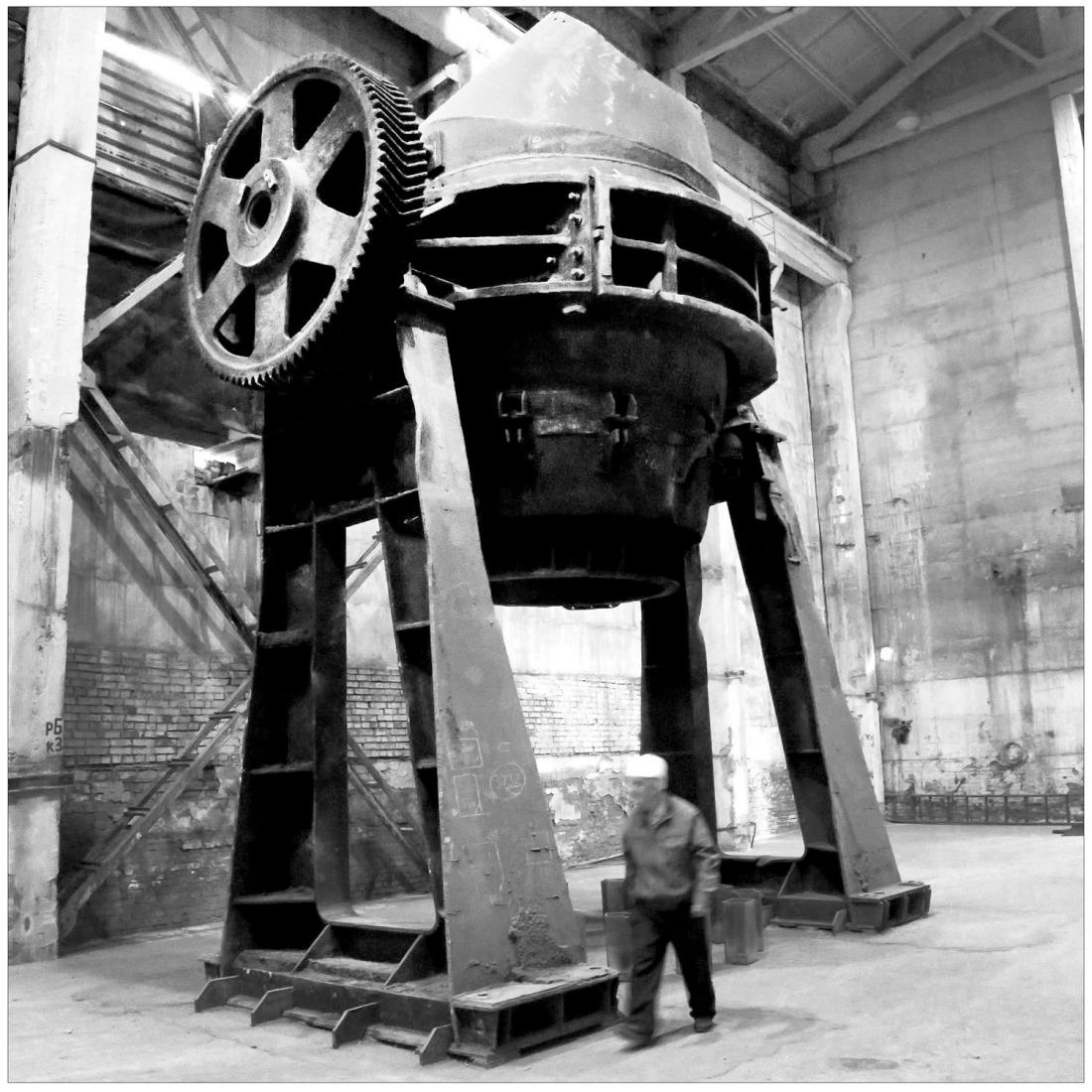
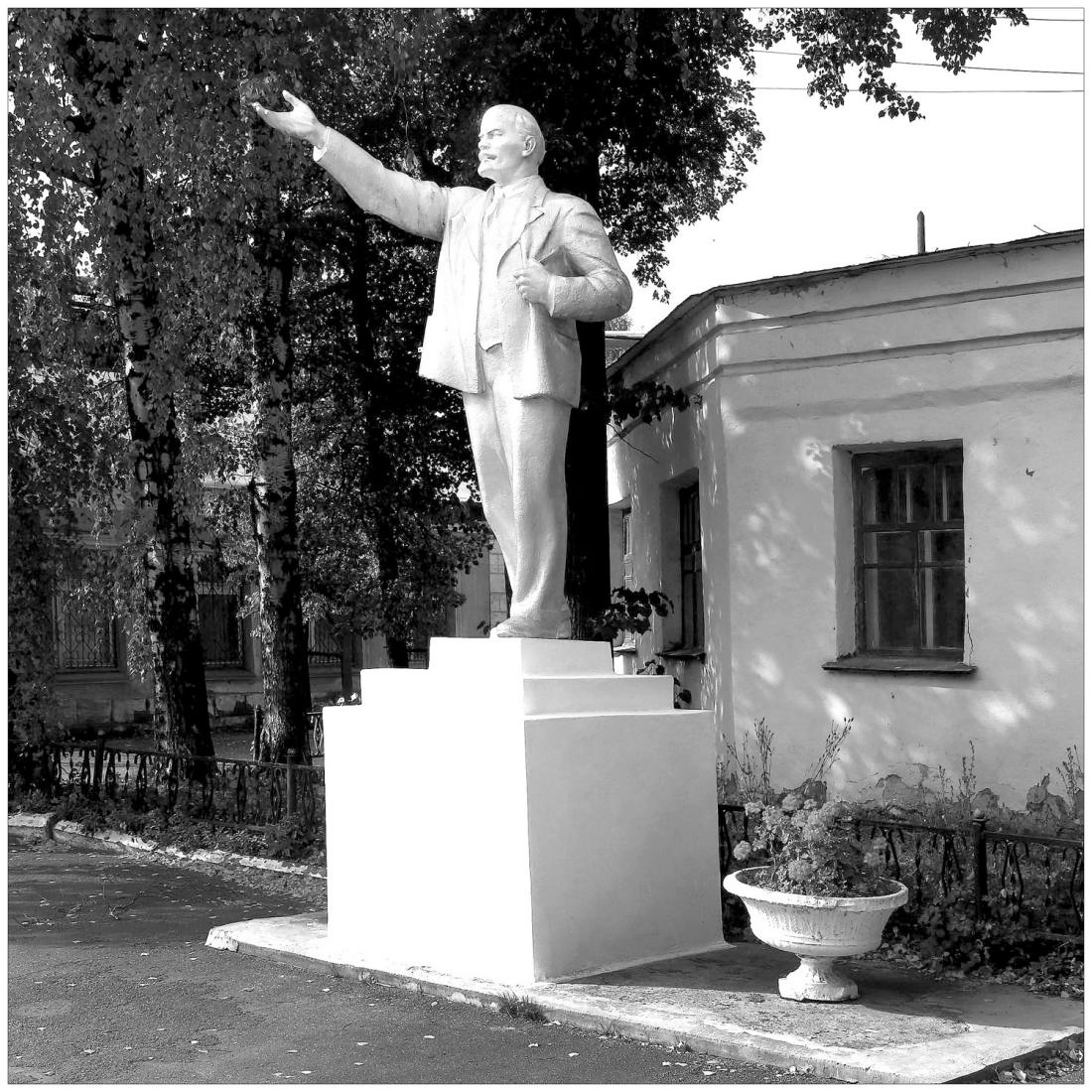
STARAYA LADOGA — THE FIRST CAPITAL OF ANCIENT RUSSIA PHOTO STORY, 2023
The village of Staraya Ladoga is located in the Leningrad region, 110 kilometers from Saint Petersburg.
The village is located on the Volkhov River, the same one that flows into Lake Ladoga and which served in its time as one of the important waterways of the northern branch of the famous Hanseatic trade route.
Historians connect Staraya Ladoga and the Staraya Ladoga fortress, which was built a little later in the early days of Ancient Russia. It is claimed that it was here where Rurik ruled for the first two years, who was called by the Slavic tribes to rule them. That is why Staraya Ladoga is called the first capital of Ancient Russia.
Here is the information from Wikipedia.
According to archaeology, Ladoga, which arose in the middle of the VIII century, was named the residence of Rurik in the Ipatiev list of the Tale of Bygone Years. According to this version, Rurik was in Ladoga until 864 and only after that founded Novgorod.
In some lists of the Tale of Bygone Years (in particular, in Ipatiev list of the XV century), Ladoga, and not Novgorod, is named the place where the Varangian Rurik was called to reign in 862:
…и придоша къ словѣномъ первое · и срубиша городъ Ладогѫ и сѣде въ Ладозѣ старѣишии Рюрикъ… (and came first to the Slavs, and they built the city of Ladoga and Rurik, the eldest, settled in Ladoga…)
During its history, the Staraya Ladoga fortress has witnessed a variety of historical events and wars. It has been rebuilt several times. Today it is a very popular museum in the north-west of Russia. There are always a lot of tourists here.
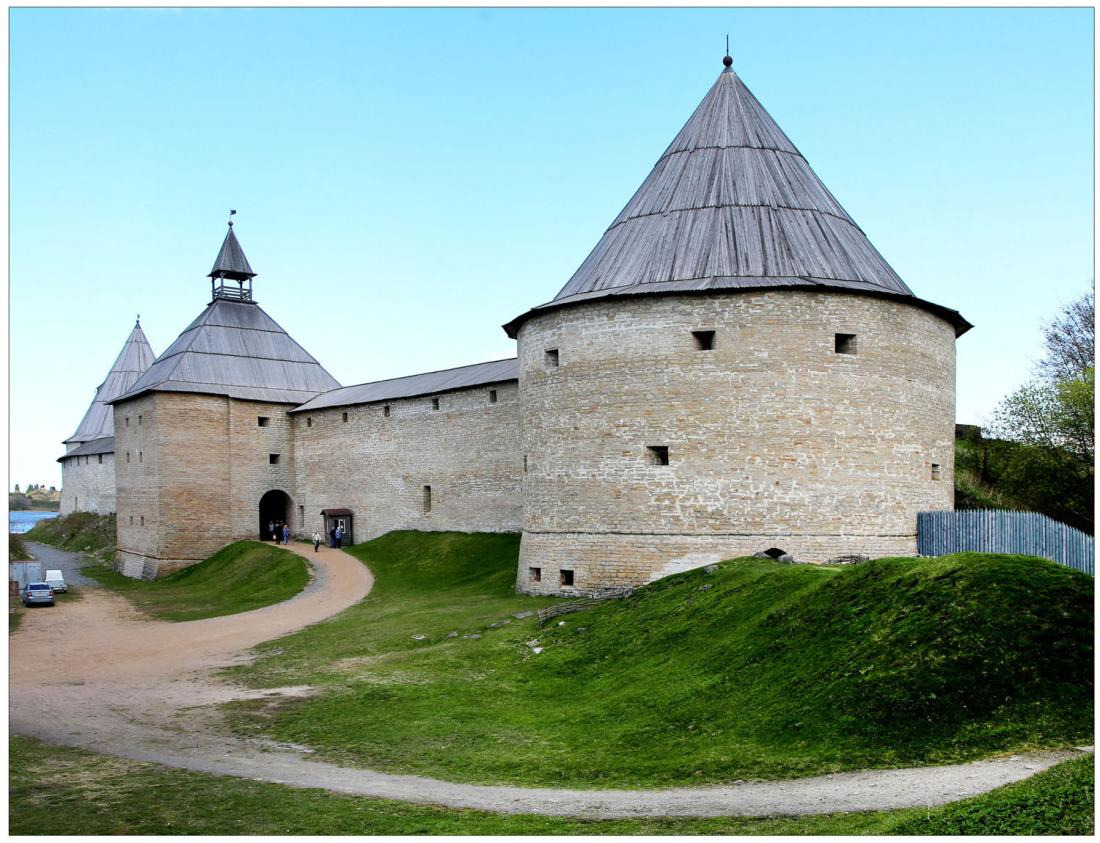
— Entrance to the Staraya Ladoga fortress. The recreated Vorotnaya (1114) and Klimentovskaya towers (1490) and the walls between them.
Бесплатный фрагмент закончился.
Купите книгу, чтобы продолжить чтение.
